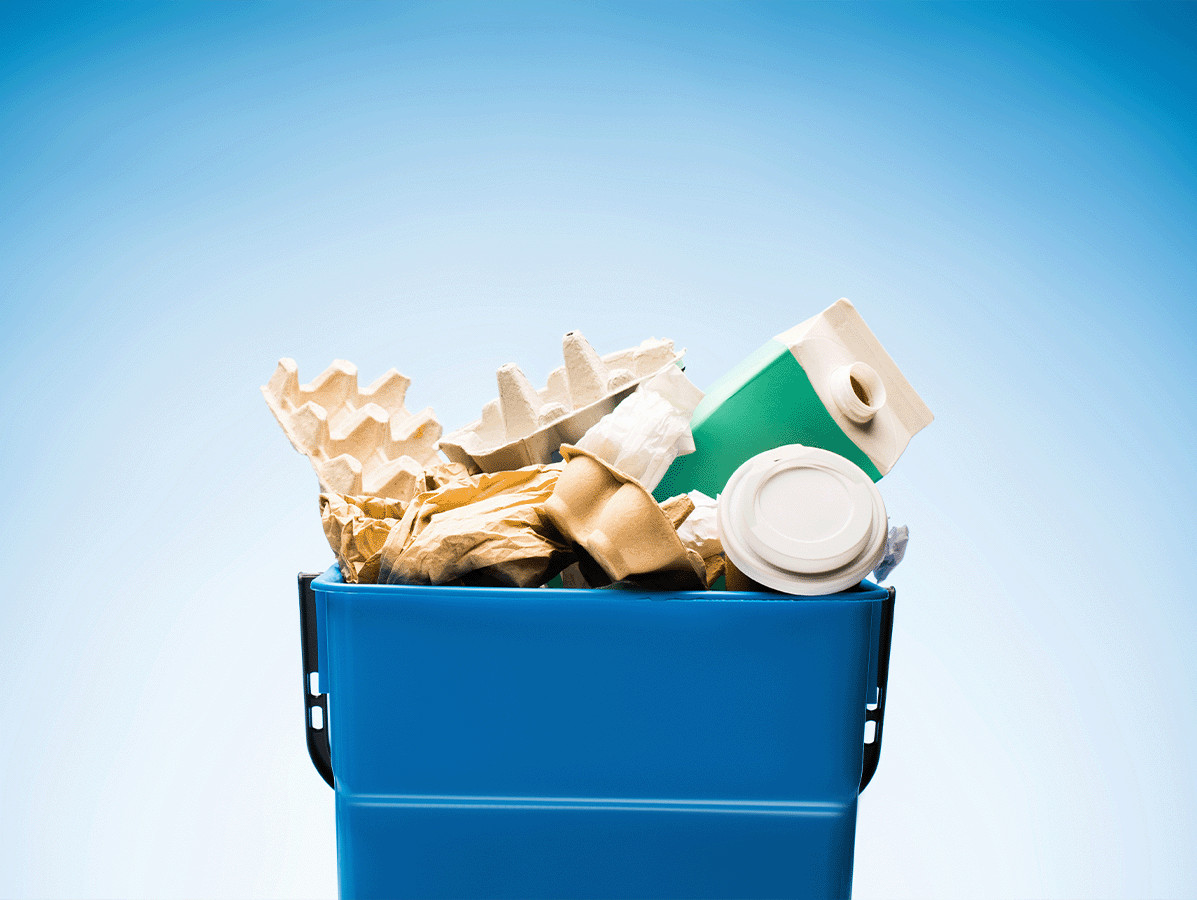
Research commissioned by UPM Specialty Papers and conducted among 200 packaging professionals shows that the industry expects the global share of polymer-based packaging to halve over the next two decades. And fibre-based materials will account for more than 40% of food packaging.
'By 2040, the industry expects a $20 billion shift from plastic to fibre-based food packaging'
A number of key trends for 2040 emerge from the research. We have listed them for you:
Consumers expect sustainability and convenience
With an accelerating shift to e-commerce and growing pressure to be more sustainable, brands need packaging solutions that offer good recycling options without compromising convenience and quality.
Sustainability becomes mandatory
Respondents to the survey expect packaging to become more controlled by certain laws and regulations in the next 20 years. Some even expect extensive producer responsibility initiatives, recycling targets and a ban on certain packaging materials.
One fifth of food packaging still ends up in landfills
Although recycling, reuse and composting of packaging will increase significantly, even in 20 years time a fifth of all food packaging will still find its way to landfill and incineration.
Fibre packaging is becoming a highly sustainable packaging choice
As consumers increasingly turn away from plastic, packaging professionals expect fibre packaging to emerge as an option for food packaging. To achieve this, progress must be made in packaging innovations. Fibre packaging must improve its barrier performance without compromising on recyclability and overall strength.
The study shows that the industry anticipates a $20 billion shift from polymer-based to fibre-based packaging by 2040. The use of polymer packaging will not be eliminated, but will focus on robust applications where high-strength barrier requirements and reusability are critical.
Source: UPM Specialty Papers